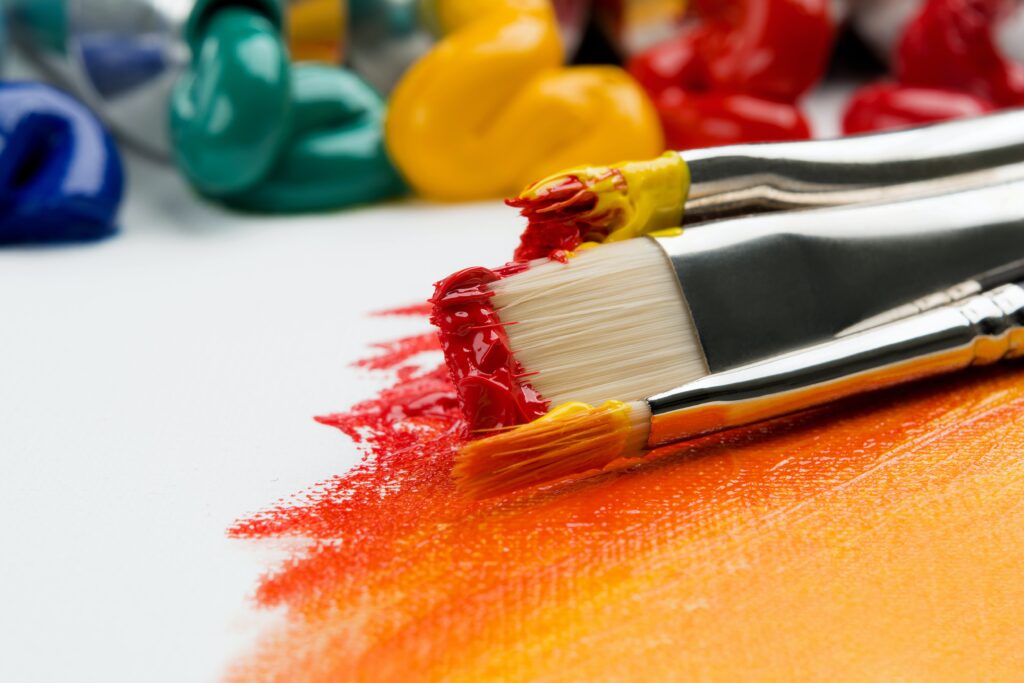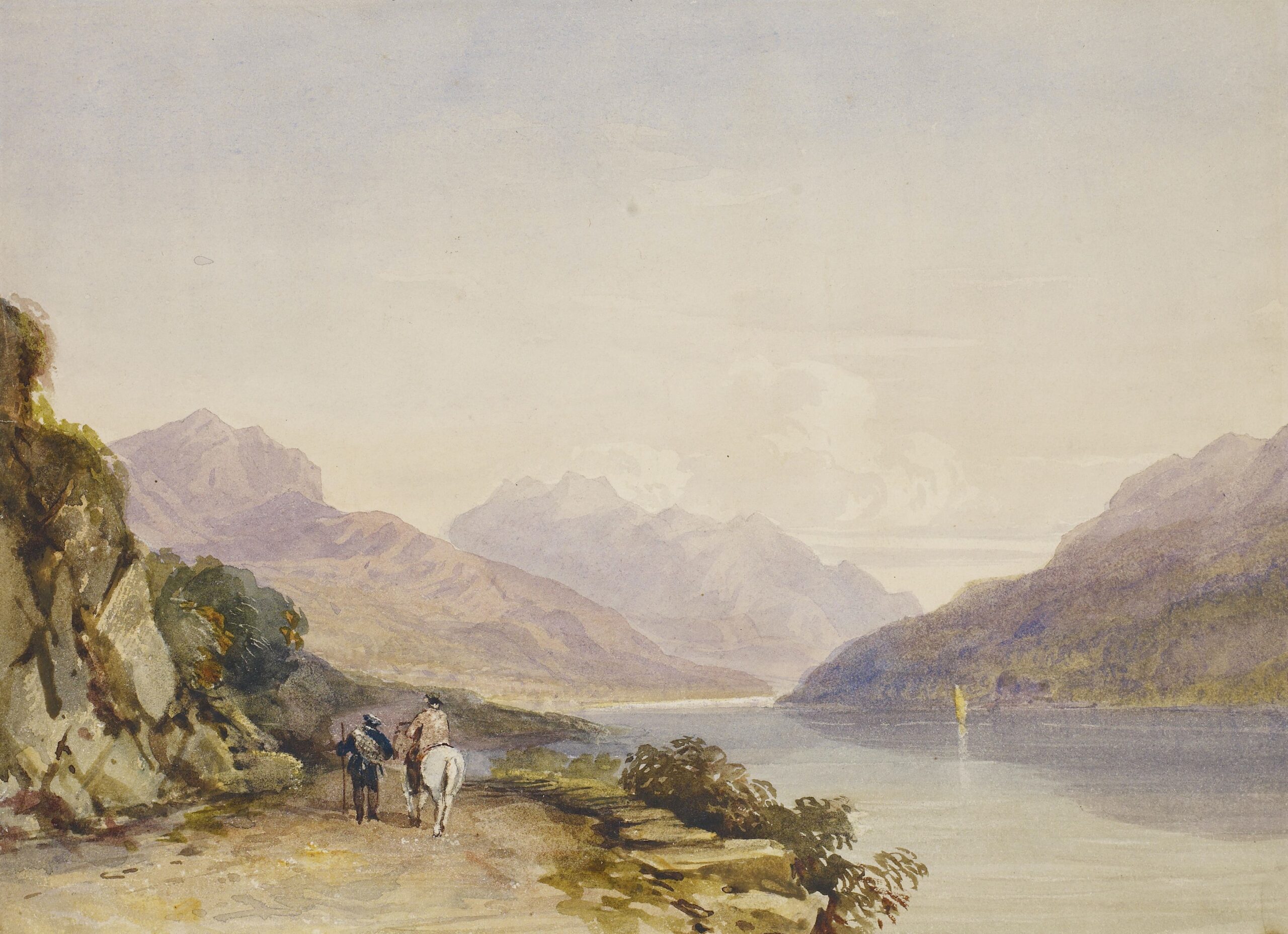In the world of art, preserving the quality of your paints is of utmost importance. As an artist, you invest time and effort into creating masterpieces, and it is essential to ensure that your materials remain in top condition. But what about freezing? Will freezing ruin the integrity of your paint gouache? This article delves into the potential impact of freezing on gouache paints, providing you with valuable insights on how to protect your artistic tools.
What is gouache paint?
Definition of gouache paint
Gouache paint is a type of water-based paint that is known for its rich, opaque colors. It is made by mixing pigment, a binding agent – usually gum arabic – and water. Gouache paint differs from traditional watercolors in that it contains a higher concentration of pigment, resulting in a more vibrant and solid finish.
Characteristics of gouache paint
Gouache paint has several distinctive characteristics that set it apart from other types of paint. First and foremost, it has excellent opacity, which means that it can effectively cover underlying layers of paint or paper. This opacity allows for precise and detailed painting techniques. Additionally, gouache paint is known for its quick drying time, making it ideal for artists who prefer to work in layers or require a fast-drying medium. It also has a matte finish, which gives artwork a unique, velvety appearance. Gouache paint can be used on various surfaces, including paper, board, and canvas, and it can be diluted with water to create a range of desired effects. Overall, gouache paint offers artists versatility, control, and vibrant colors.
Impact of temperature on gouache paint
Temperature sensitivity of gouache paint
Gouache paint is sensitive to extreme temperature conditions, both hot and cold. It is important to store and handle gouache paint with care to prevent any detrimental effects caused by temperature fluctuations. Understanding the impact of temperature on gouache paint is crucial for artists who want to preserve the quality and integrity of their artwork.
Effects of temperature on gouache paint
Extreme temperatures can have adverse effects on gouache paint. When exposed to high temperatures, the binding agent in gouache paint can break down, resulting in a compromised paint composition. This can lead to a loss of color vibrancy and a reduced lifespan of the paint. On the other hand, freezing temperatures can cause water-based paints like gouache to undergo physical changes, including texture alterations and a separation between the pigment and the binding agent. Freezing and thawing gouache paint improperly can cause irreversible damage, affecting the consistency and performance of the paint.

This image is property of images.unsplash.com.
Freezing and its effects on gouache paint
Understanding the freezing process
When gouache paint is subjected to freezing temperatures, the water content within the paint freezes and expands. This expansion can lead to ruptures in the paint film, causing cracking or flaking. Additionally, the freezing and thawing process can cause the pigment and the binding agent to separate, resulting in an inconsistent paint mixture.
Potential damage caused by freezing
Freezing gouache paint can result in various forms of damage. If the freezing process is not controlled, the paint tubes or containers can burst due to the expansion of water. When the paint thaws, the texture can become grainy or lumpy, making it difficult to achieve smooth brushstrokes. The separation of the pigment and binding agent can lead to a loss of opacity and color vibrancy. Moreover, the freezing process can cause the paint to lose its adhesive properties, making it less adhesive to surfaces and prone to flaking.
Physical changes in frozen gouache paint
When gouache paint is frozen, its texture can change significantly. The freezing process can cause the paint to become grainy or gelatinous, making it less workable and less capable of achieving fine details. Crystallization can also occur, leading to a gritty texture that affects the overall finish of the artwork. The physical changes in frozen gouache paint make it challenging to use effectively and may require additional restoration techniques.
Alterations in color and texture
Freezing gouache paint can have undesirable effects on its color and texture. The pigment and binding agent may separate, resulting in inconsistent color distribution across the paint. This can lead to a loss of color vibrancy and intensity. Additionally, the freezing and thawing process can cause the paint to become clumpy or have a rubbery texture, making it difficult to achieve smooth and even brushstrokes. These alterations in color and texture can significantly impact the quality and visual appeal of the finished artwork.
Prevention and precautions
Storage recommendations
To prevent freezing and its detrimental effects, it is crucial to store gouache paint in a controlled environment. Ideally, gouache paint should be stored in a cool, dry place with a stable temperature between 50°F and 77°F (10°C to 25°C). It is recommended to keep the paint tubes or containers tightly sealed when not in use to minimize air exposure and prevent any potential contamination.
Protective measures
To further protect gouache paint from temperature fluctuations, it is advisable to store it in airtight containers or zip-lock bags. These containers provide an additional layer of insulation, reducing the chances of exposure to extreme temperatures. It is also important to handle gouache paint with clean brushes and surfaces to minimize any foreign particles or contaminants that could affect the paint’s composition.
Avoiding freezing conditions
To avoid the damaging effects of freezing, it is essential to prevent gouache paint from being exposed to freezing temperatures. This includes storing the paint away from windows, air conditioning vents, or any other areas where temperatures can drop significantly. It is also recommended to transport gouache paint in insulated containers when traveling during cold weather to maintain a constant temperature.

This image is property of images.unsplash.com.
Thawing frozen gouache paint
Proper thawing techniques
Thawing frozen gouache paint should be done with caution to prevent further damage to the paint’s composition. It is crucial to allow the paint to thaw slowly at room temperature. Placing the frozen paint tubes or containers in a container of warm water is not recommended, as rapid temperature changes can cause irreparable damage. Instead, artists should let the paint thaw naturally and gradually to ensure the pigment and binding agent recombine properly.
Avoiding rapid temperature changes
Rapid temperature changes can lead to further issues when thawing frozen gouache paint. Sudden exposure to heat can cause the expansion of water within the paint, potentially leading to burst tubes or containers. Therefore, it is crucial to avoid using any artificial heat sources or direct sunlight to speed up the thawing process. Allowing the frozen paint to thaw at its own pace is the safest way to preserve its integrity.
Assessing the condition of thawed gouache paint
Signs of deteriorated paint
After thawing frozen gouache paint, it is important to assess its condition before using it for artwork. Signs of deteriorated paint may include changes in color intensity, unusual texture or consistency, separation of pigment and binding agent, or a foul odor. If any of these signs are observed, it is recommended to dispose of the paint properly and not use it for painting, as it may result in inferior results.
Testing paint consistency
To ensure the thawed gouache paint is usable, artists can test its consistency before applying it to their artwork. This can be done by lightly mixing the paint with a clean brush and checking if it has returned to its normal smooth texture. If the paint appears clumpy, uneven, or difficult to mix, it may have been damaged during the freezing process and may not perform optimally.

This image is property of images.unsplash.com.
Restoring frozen gouache paint
Reviving dried-out gouache paint
In some cases, frozen gouache paint may become dried out or desiccated. To revive dried-out gouache paint, artists can add a small amount of distilled water, ideally a few drops at a time, and mix it thoroughly with a palette knife or brush. The addition of water should be done gradually until the paint reaches the desired consistency. It is important to note that over-diluting the paint can affect its opacity and vibrancy, so careful observation and incremental adjustments are recommended.
Mixing and blending techniques
Frozen gouache paint may require additional mixing and blending techniques to obtain the desired consistency and color. Artists can use a palette knife to blend the thawed paint thoroughly, ensuring that the pigment and binding agent are properly combined. It may also be beneficial to experiment with different mixing ratios and techniques to achieve the desired paint consistency. However, it is important to keep in mind that excessively vigorous mixing can introduce air bubbles, which may affect the smoothness of the brushstrokes.
Professional advice and recommendations
Consulting experts
When dealing with thawed or frozen gouache paint, it is always beneficial to seek advice from experts or professionals in the field. Art conservationists, art supply stores, or experienced artists can provide valuable insights and recommendations on the best course of action for restoring or disposing of damaged paint. Additionally, they can offer guidance on proper storage techniques to ensure the longevity of gouache paint.
Manufacturer guidelines
Every brand of gouache paint may have specific instructions or recommendations for handling and preserving their products. It is important to consult the manufacturer’s guidelines or instructions, as they can provide valuable insights into the ideal storage conditions, proper thawing techniques, and potential risks associated with freezing gouache paint. Following the manufacturer’s recommendations can help maintain the quality and performance of the paint.

Potential risks of freezing gouache paint
Loss of color vibrancy
Freezing gouache paint can potentially result in a loss of color vibrancy. The pigment and binding agent can separate during the freezing process, leading to inconsistent color distribution and reduced vibrancy. This can make it challenging to achieve the desired visual impact in artwork, especially for artists who rely on the vibrant colors and opacity offered by gouache paint.
Compromised paint quality
The freezing process can compromise the overall quality of gouache paint. Frozen gouache may develop a grainy or gelatinous texture, making it difficult to work with and achieve smooth brushstrokes. The separation between the pigment and binding agent can also affect the paint’s adhesiveness and performance, leading to a compromised paint quality. This can result in artwork that does not meet the artist’s intended standards.
Reduced lifespan
Freezing gouache paint can significantly reduce its lifespan. The physical changes and disruptions in the paint’s composition caused by freezing can accelerate its degradation over time. The paint may become more prone to cracking, flaking, and deterioration. As a result, the longevity of the artwork created with frozen gouache paint may be compromised, requiring additional restoration or conservation efforts in the future.
Conclusion
In conclusion, freezing can have detrimental effects on gouache paint. The extreme temperatures can cause physical changes, such as alterations in texture and color. Freezing can lead to a loss of color vibrancy, compromised paint quality, and a reduced lifespan for gouache paint. However, by following proper storage recommendations, taking necessary precautions, applying appropriate thawing techniques, and consulting professionals and manufacturer guidelines, artists can minimize the risks associated with freezing gouache paint. It is essential to handle gouache paint with care and ensure it is stored in a controlled environment to preserve its quality and achieve the best results in artwork.




